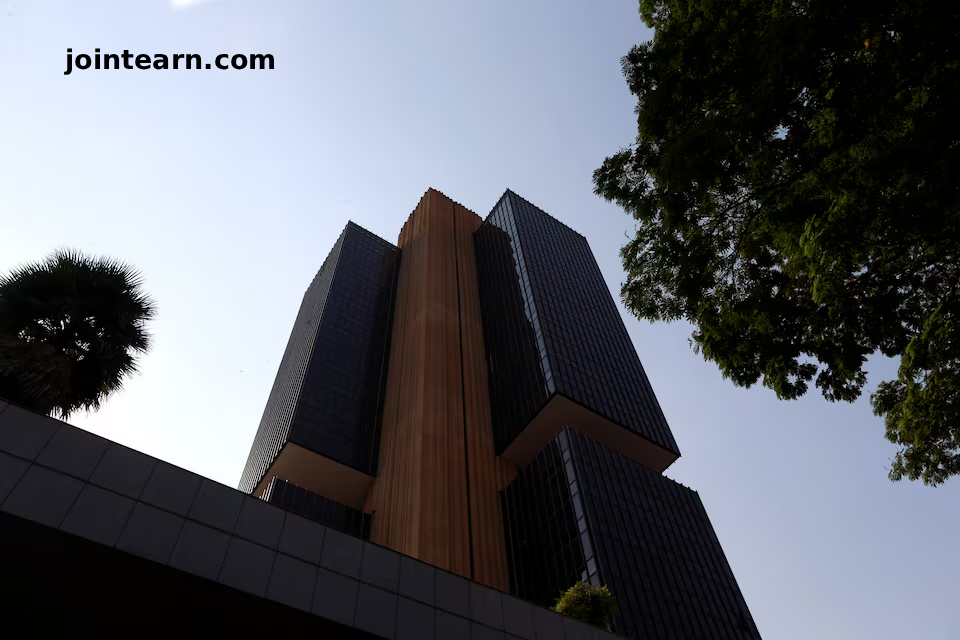
Brazil’s fiscal balance is expected to become a top policy priority from 2027, regardless of the outcome of next year’s presidential election, according to Goldman Sachs. Alberto Ramos, head of Latin America macroeconomic research at Goldman, emphasized that Brazil will need to implement stronger fiscal measures to stabilize debt and prevent potential market volatility or financial crises.
Lula’s Potential Fourth Term and Fiscal Challenges
Even if President Luiz Inacio Lula da Silva secures a fourth non-consecutive term, Ramos warned that fiscal policy cannot replicate the third term’s approach, which combined rising revenues with increased spending.
“A fourth Lula term cannot repeat his third term’s fiscal management,” Ramos said, highlighting the need for a more disciplined fiscal framework to ensure economic stability.
Current Fiscal Targets vs. Recommended Adjustments
Brazil’s current fiscal targets aim for:
- Zero primary balance in 2025
- Primary surplus of 0.25% of GDP in 2026, with a tolerance of ±0.25 percentage points
However, Goldman Sachs projects that Brazil requires a primary surplus above 2.5% of GDP to reverse the country’s rising debt trajectory. Ramos estimates that a fiscal adjustment equivalent to 3 percentage points of GDP is necessary to achieve sustainable debt levels.
Rising Public Debt and Economic Implications
Data from Brazil’s central bank shows gross public debt reached 78.1% of GDP in September 2025, up from 71.7% at the end of former President Jair Bolsonaro’s term. Treasury projections indicate that debt could rise to 84.2% of GDP by the end of 2028 before stabilizing.
Ramos warned that stabilizing debt at elevated levels leaves Brazil vulnerable to future economic shocks, highlighting the urgency of fiscal consolidation measures.
Market Reactions and Political Dynamics
Recent polls show Lula leading the 2026 presidential race. While markets may react positively to an opposition candidate gaining traction, Ramos stressed that investors respond to sound fiscal and economic policies rather than ideology. The implication is that prudent fiscal management is critical for market confidence, regardless of election outcomes.
Monetary Policy Outlook
On the monetary policy front, Goldman Sachs anticipates that the Central Bank of Brazil may begin cutting the Selic benchmark rate, currently at 15%, starting in January 2026. However, Ramos cautioned that a delay to March or later is possible due to resilient economic activity and elevated government spending in the election year.
Long-Term Economic Implications
Maintaining fiscal discipline post-2026 is essential for Brazil to:
- Stabilize public debt
- Reduce market volatility
- Ensure sustainable economic growth
- Mitigate vulnerability to external shocks
Goldman Sachs emphasizes that without decisive fiscal adjustments, Brazil could face long-term economic challenges, even if short-term growth and revenue figures appear stable.


Leave a Reply